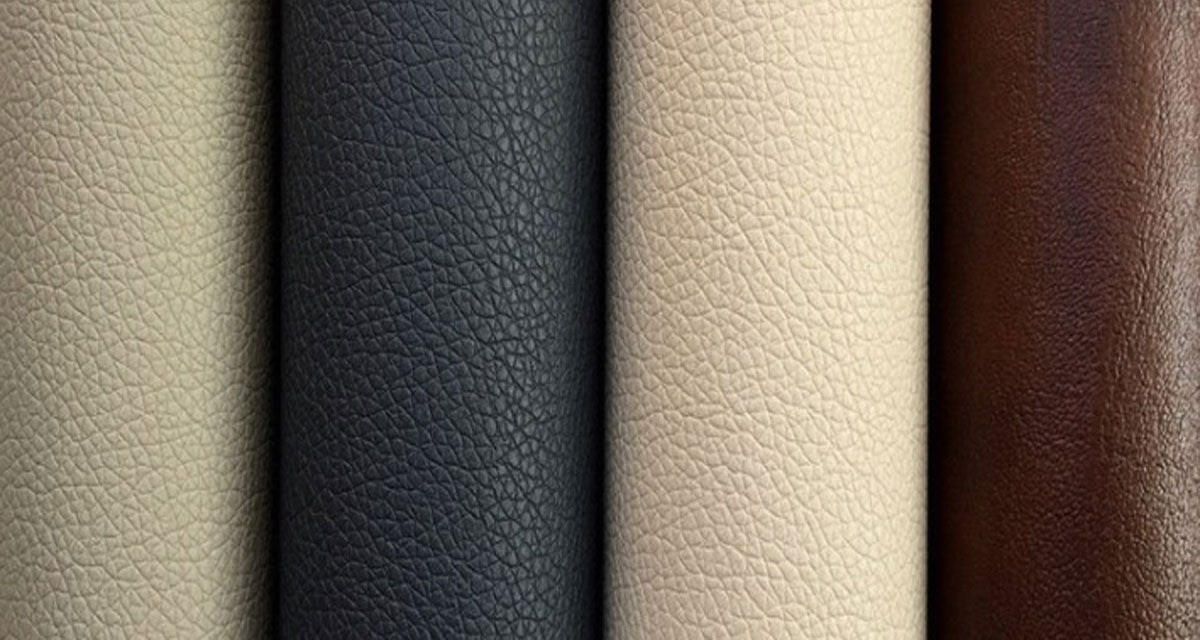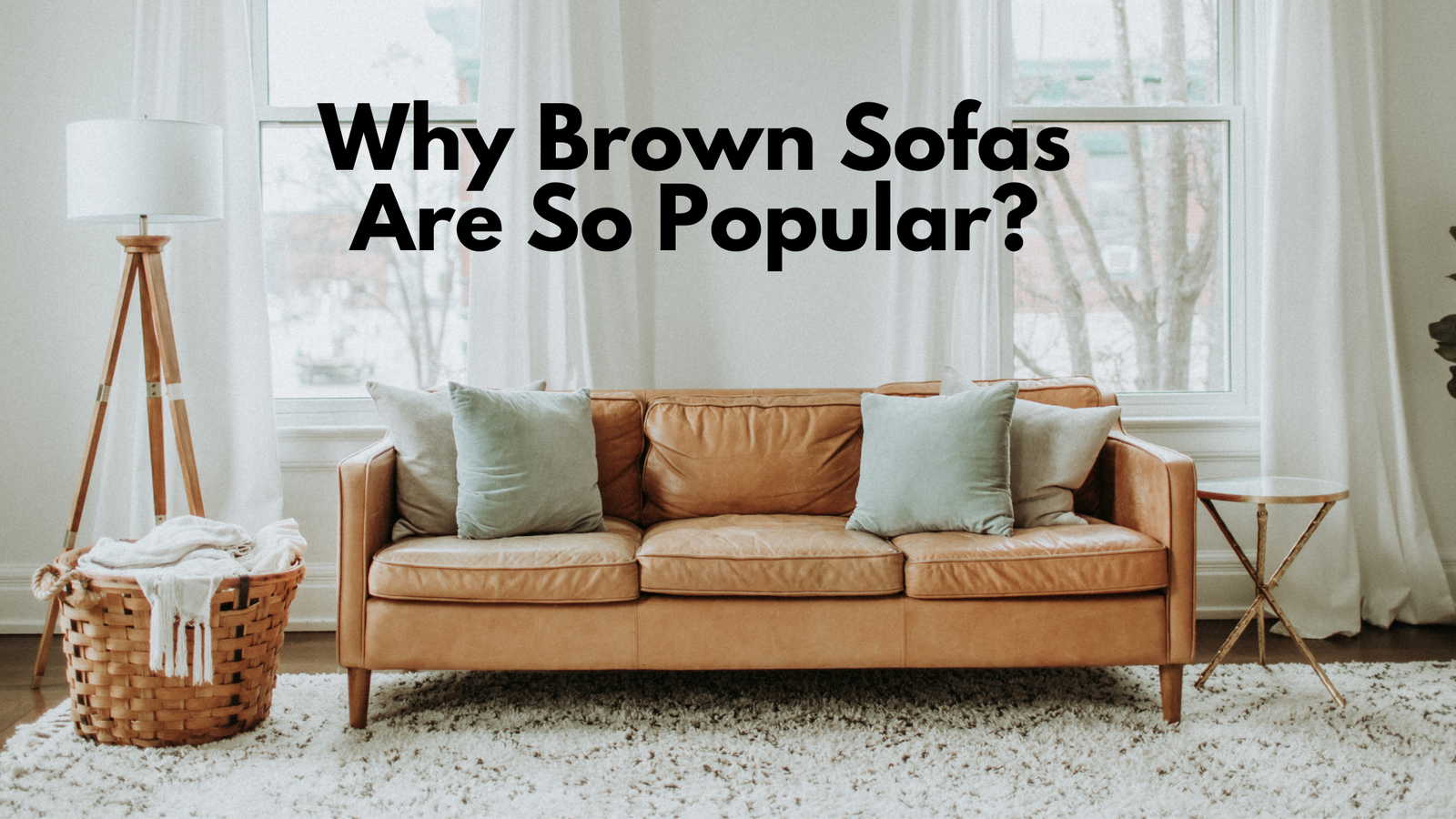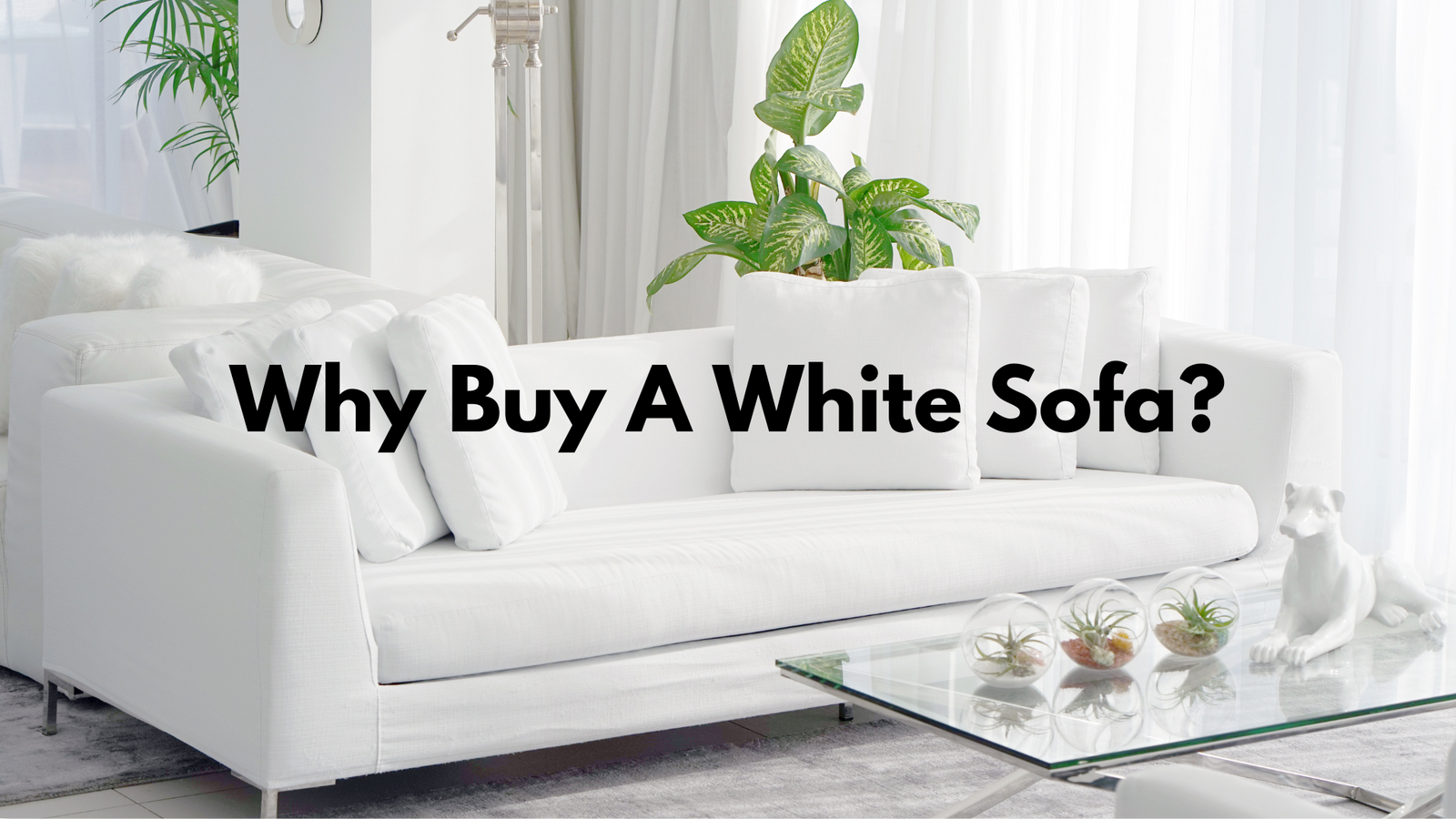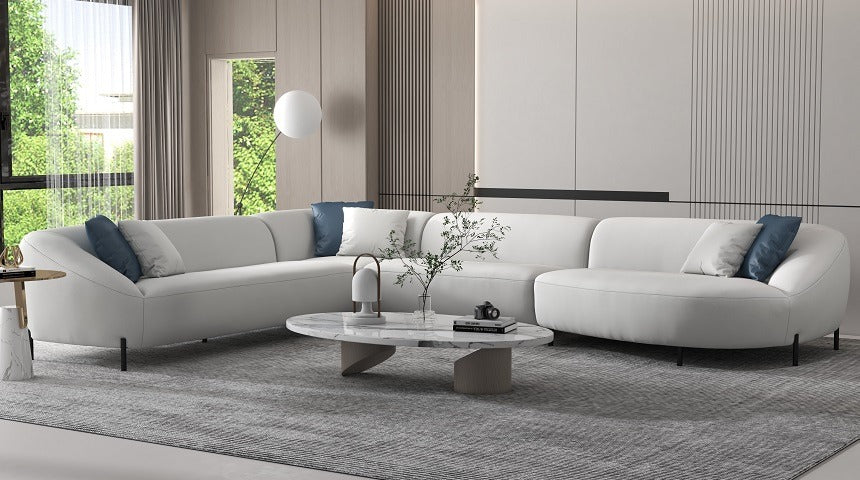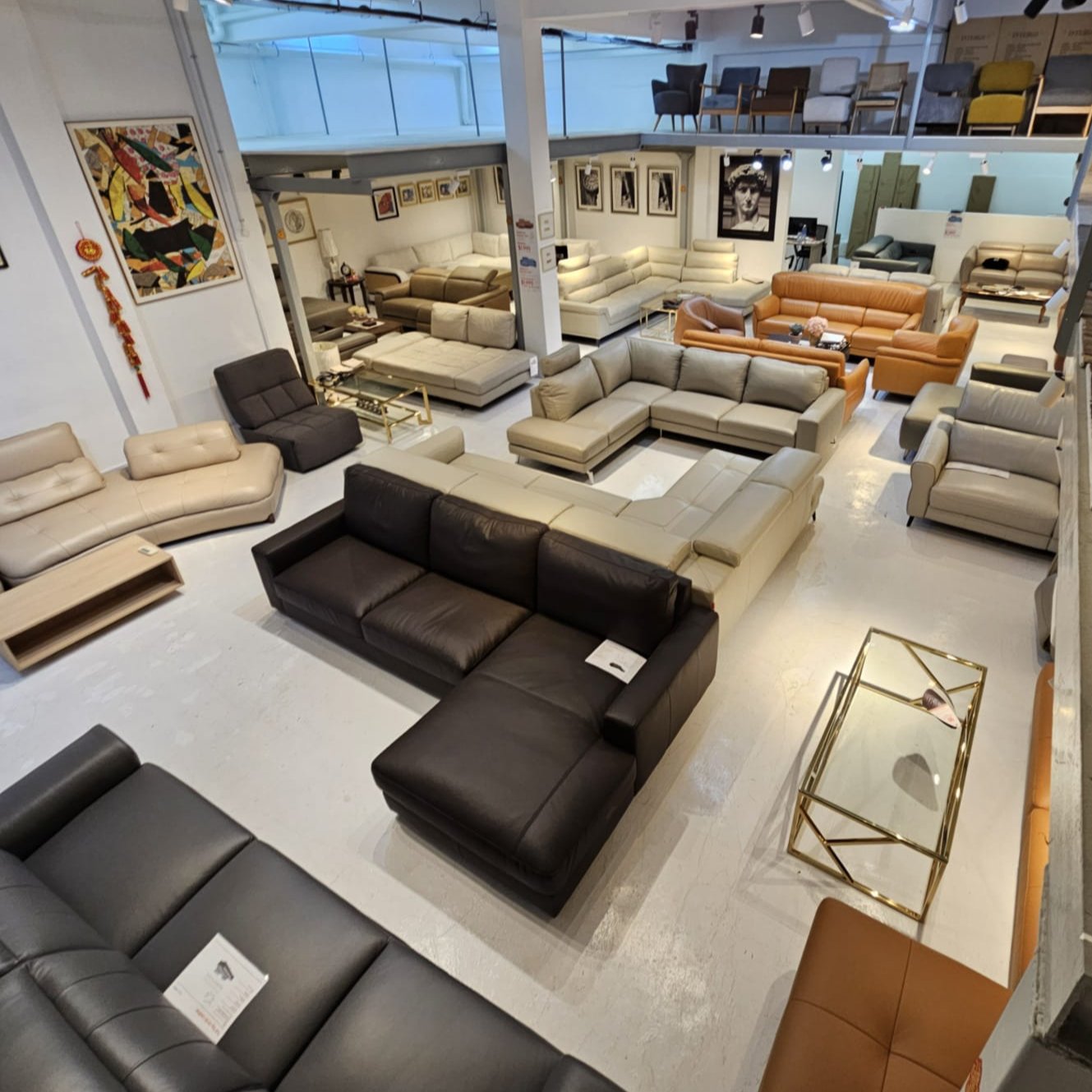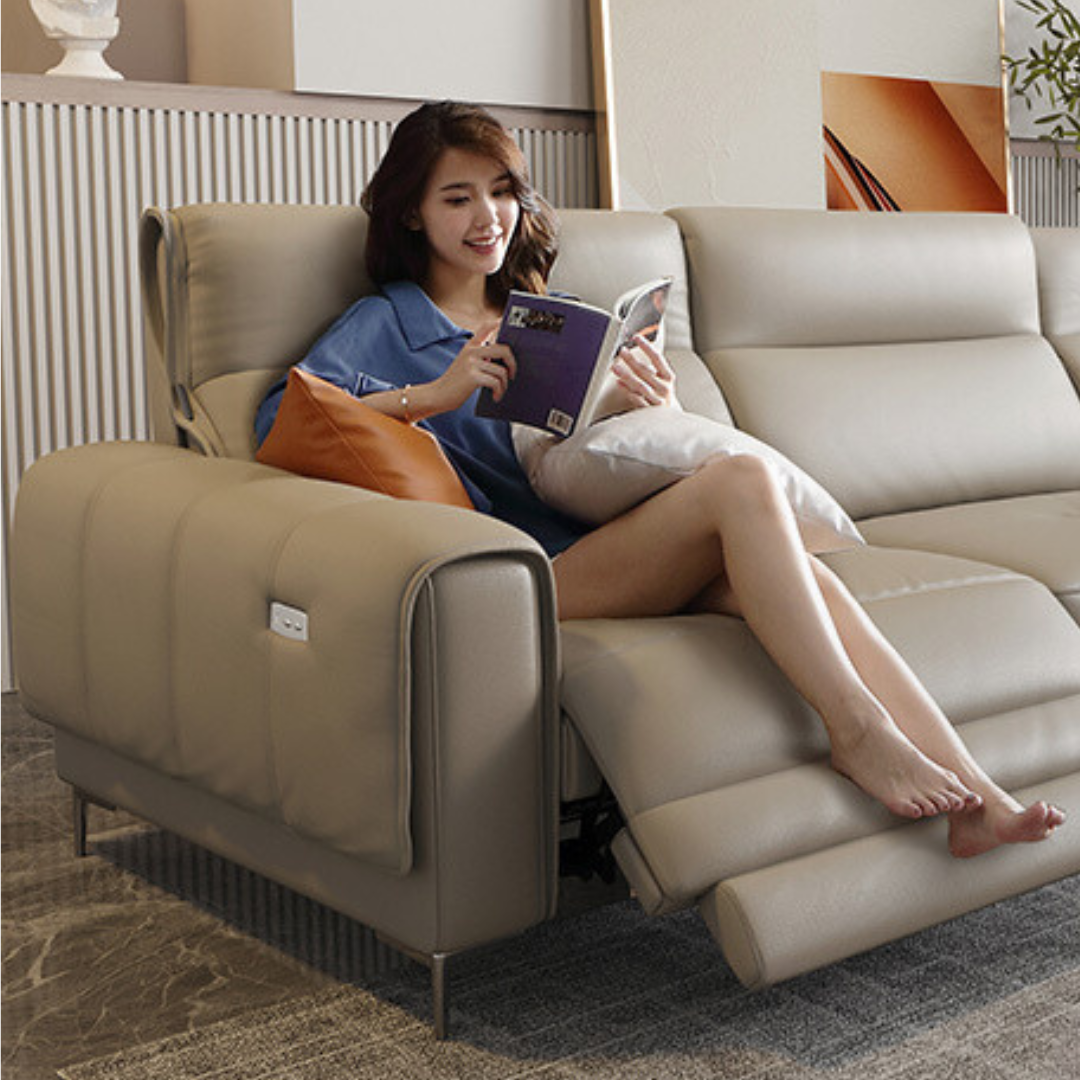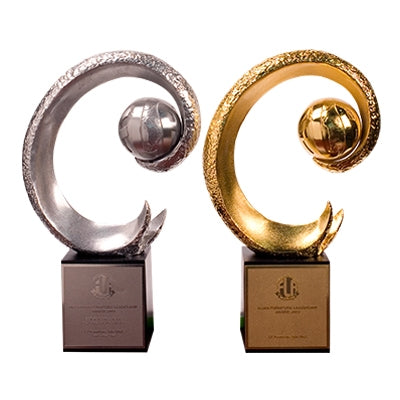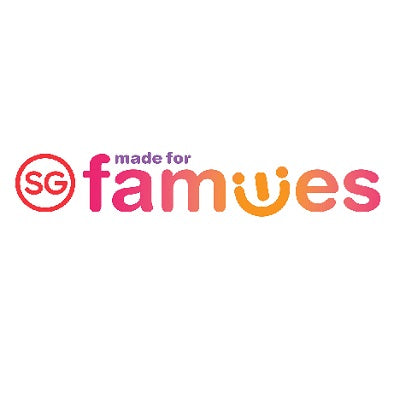PU (Polyurethane), PVC (Polyvinyl Chloride), and faux leather are all synthetic materials commonly used as alternatives to genuine leather in upholstery and furniture manufacturing. Each material has its own characteristics and properties. Let's explore them in more detail:
PU (Polyurethane) Leather:
PU leather is a popular choice for faux leather upholstery. It is created by applying a layer of polyurethane to a fabric backing, which mimics the look and feel of genuine leather. PU leather can imitate various leather textures and finishes, such as smooth or textured grains. It is generally softer and more flexible than PVC, providing increased comfort.
Characteristics of PU leather:
- Soft and Flexible: PU leather has a supple and pliable feel, making it comfortable to sit on.
- Breathability: Compared to PVC, PU leather is generally more breathable, allowing for better air circulation.
- Durability: PU leather is relatively durable and resistant to scratches and tears, making it suitable for everyday use.
- Easy Maintenance: PU leather is easy to clean and maintain, usually requiring a simple wipe-down with a damp cloth.
PVC (Polyvinyl Chloride) Leather:
PVC leather, also known as vinyl leather, is another synthetic alternative to genuine leather. It is made by coating a fabric base with layers of PVC resin. PVC leather is known for its affordability and availability in a wide range of colors and patterns. However, it is worth noting that PVC leather is less breathable compared to other options.
Characteristics of PVC leather:
- Cost-effective: PVC leather is generally less expensive than genuine leather or other synthetic alternatives.
- Water and Stain Resistance: PVC leather has a high level of water resistance, making it relatively easy to clean and maintain.
- Less Breathable: PVC leather is less breathable compared to genuine leather or PU leather, which may result in reduced comfort over extended periods.
- Susceptibility to Cracking: Over time, PVC leather may be prone to cracking or peeling, particularly in high-stress areas or under harsh conditions.
Faux Leather:
Faux leather, also referred to as synthetic leather or imitation leather, is a broad term encompassing any artificial material designed to resemble genuine leather. It can be made from various substances, including PU or PVC. Faux leather is often used as an affordable and animal-friendly alternative to real leather in upholstery, fashion, and accessories.
Characteristics of faux leather:
- Versatile: Faux leather comes in various textures, colors, and patterns, allowing for a wide range of design options.
- Affordability: Faux leather is generally more affordable than genuine leather, making it accessible to a broader audience.
- Animal-Friendly: Faux leather provides an alternative for those who prefer not to use genuine leather due to ethical or environmental reasons.
- Durability Varies: The durability of faux leather can vary depending on the specific material and manufacturing quality.
When considering PU, PVC, or faux leather, it's essential to assess your priorities in terms of appearance, comfort, durability, and sustainability. While these materials offer affordable alternatives to genuine leather, they may have different levels of quality and performance. Always review the specific product details, manufacturer recommendations, and customer reviews to ensure you choose a material that meets your needs and preferences.
Recommended Links
- Top 10 Best Sofas You Can Buy In Singapore.
- Top 10 Best Electric and Manual Sofa Recliners in Singapore.
- Recliner Collection.
- Shop solid wood sofas.
- New - KUKA KM.886 Full Leather Sofa with Zero Gravity (1/2/3-Seater) (M-Series) (I)
- Foolproof Guide for Top Grain Leather Types And More.
- Caring for PU, PVC, and faux leather sofas and furniture.
- Semi-Aniline Leather vs. Full-Aniline Leather: Understanding the Difference.
- Leather Sofas - Top 10 Frequently Asked Questions (Singapore).
- Follow our facebook page for the latest deals.

